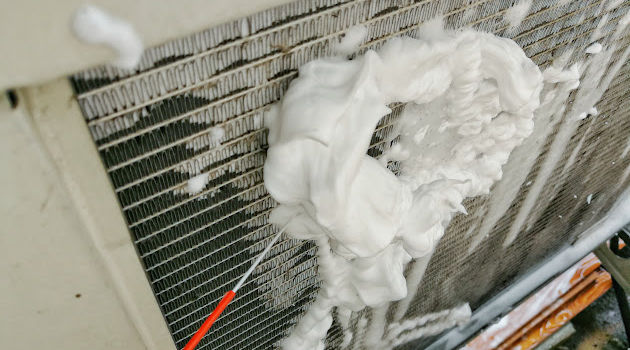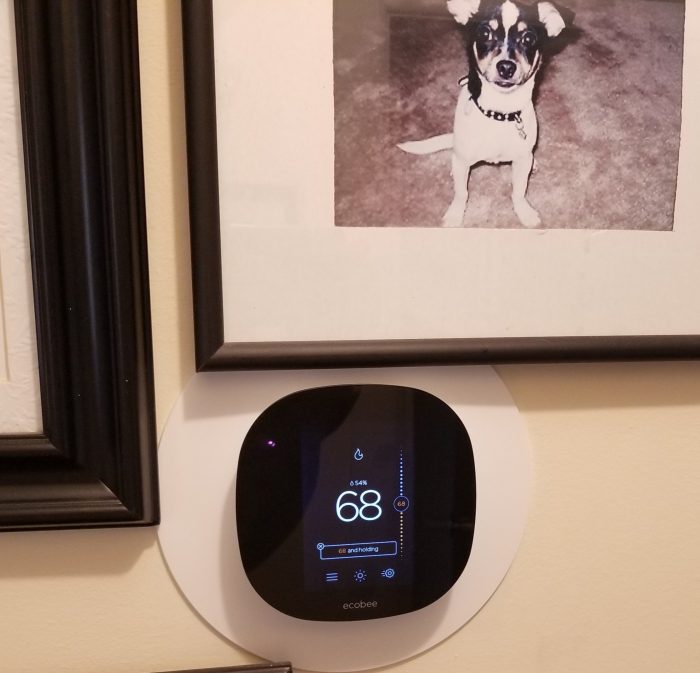It would be quite a disaster if your HVAC unit shut down during a freezing winter night. To avoid this, it’s crucial to put measures in place that ensure the smooth running of your unit. This article will shed light on the steps you can take to keep your HVAC running smoothly and prevent sudden breakdowns.
Some of the best practices to implement are the following:
1 – Regularly Change Filters on Your HVAC Unit
The filters of your HVAC system are there to ensure that only clean air circulates in your home. It functions by preventing any dust or debris from being released into your house. However, these filters are likely to get clogged as dust accumulates on them for some time. A clogged filter prevents sufficient airflow and might even lead to respiratory complications for you or your family members.
Cleaning and changing your HVAC filter is easy. You don’t need to seek the services of an HVAC maintenance service cross junction for this procedure. Before you decide to change your filter, hold it against a source of light; if the light doesn’t pass through, it needs replacing. However, it would help if you make it a habit to regularly replace the filters, maybe once every month or every few months.
As you replace your filters, it’s essential to purchase the right size for your HVAC. Consider grading as well for efficient airflow and air cleaning. An efficient airflow will make your system run efficiently without struggling to get warm or cold air into your space.
2 – Provide Some Shade For Your Outdoor Unit
An outdoor HVAC unit is susceptible to damage by various items since it’s placed out in the open.
Consider placing a plastic sheet on its top to prevent debris from falling inside and damaging its fans. You can cover it with a light sheet during winter to avoid excess water and flying debris entering the unit.
Alternatively, build a shed around the unit and maintain a two feet distance from its body to prevent blockages.
3 – Keep The Outdoor HVAC Unit Clean
The outdoor unit of your HVAC is often forgotten during routine cleaning. Remove any debris that might have collected inside even as you clear any obstructions, including those on its fins.
In addition, regularly cut any surrounding shrubs or trees that might hinder adequate airflow. Ensure the unit’s platform is leveled and isn’t sinking in. An outdoor unit that’s not on a uniform level might lead to the disjointing of its refrigerant inside, leading to an inefficient HVAC.

4 – Clean Out Your Drain
As air blows into your HVAC unit, moisture from the atmosphere is also absorbed in the drain. Once the moisture accumulates, it’s drained out. Debris and dust might accumulate inside the drain, preventing the water’s flow.
Such an accumulation might also harbor mold that will find its way into your home—which could put you and your family’s health at risk. Hence, it’s important to clean out your HVAC drain regularly. Just use a thin brush to clean inside the drain and get rid of any substances.
5 – Check Your Vents
Your vents might be leaking any air released by your HVAC system. Due to this, your conditioning system might struggle to keep your home warm or cold. Air may also leak or escape from your window or door seals. To avoid this, make sure they’re adequately sealed in all the rooms.
6 – Regularly Inspect The Ducts
The ducts running from your HVAC system and into the rooms of your home for air circulation might be the reason your unit doesn’t run smoothly. These ducts are prone to wear and tear with time and might lead to air leakages along their length.
With leakages, there’s insufficient cooling or heating of your home. This makes your unit work extra hard to regulate the temperatures, which might cause overheating. An overheating HVAC system reduces its lifespan and can lead to breakdowns.
If there are any leakages, replace the ducts with the help of your HVAC provider. Ducts might also end up being homes to pests if they aren’t regularly checked and cleaned. The presence of these animals and their nests might hinder airflow, leading to inefficiency in regulating your home’s temperatures.
7 – Schedule Regular Maintenance for Your HVAC Unit
Frequent maintenance is necessary to ensure that your system is clean and working correctly.
These procedures should be thorough, and you should therefore let your provider carry them out. The provider will check all the components, such as fans and belts, and oil them if necessary.
Plan for routine, preventive maintenance twice every year, preferably before winter and before summer. With such seasons having extreme weather, it’s crucial for your HVAC to be running efficiently.
8 – Address Issues As They Arise
One way that might affect the smooth running of your conditioning unit is ignoring the tell-tale signs of an inefficient system.
Have your unit checked out if it starts producing odd sounds, such as rattling. The rattling could be an indicator of loose components in your system. You must also watch out for odd or funny smells that might indicate an overheating unit. If your HVAC runs on a furnace, look out for its burning flame. An efficiently running furnace will burn with a blue flame. If it’s yellow, then it’s a sign that something is amiss.
When you notice any of the above, call your HVAC provider to check them out. If you ignore these minor issues, they might escalate and damage your whole unit.
9 – Properly Position Your HVAC Unit
It’s essential to place your unit in an area that won’t affect its function. So, refrain from putting the HVAC next to a heat-producing appliance. With the two units emitting heat, they might affect each other and overheat.
Proper positioning is also required with your thermostat. The thermostat is responsible for reading the room temperature and controlling your HVAC unit. If you place the thermostat where sunlight directly hits it, it may interpret the temperature as too warm, making your HVAC emit cooler air. The wrong reading will lead to inefficient temperature control.
10 – Get A Programmable Thermostat
A programmable thermostat will reduce the constant on and off switching of your HVAC unit with every slight temperature change. A slight breeze in your home might lead your unit to emit warm air, only for the temperature to suddenly change again. This makes the system inefficient.
With this thermostat, you can pre-set the temperatures such that there’s a constant temperature during the day and another one at night.
This also allows you to control your system remotely. If you aren’t at home, you can switch it off for the system to rest and restart it on your way home to meet your desired temperature as you arrive.

The Bottom Line on Maintaining Your HVAC Unit
With the above guide, ensuring an efficiently running HVAC system has been made easier. Be sure to hire an HVAC provider that is certified for complex tasks. But basic cleaning and changing of filters can be safely done by yourself!

